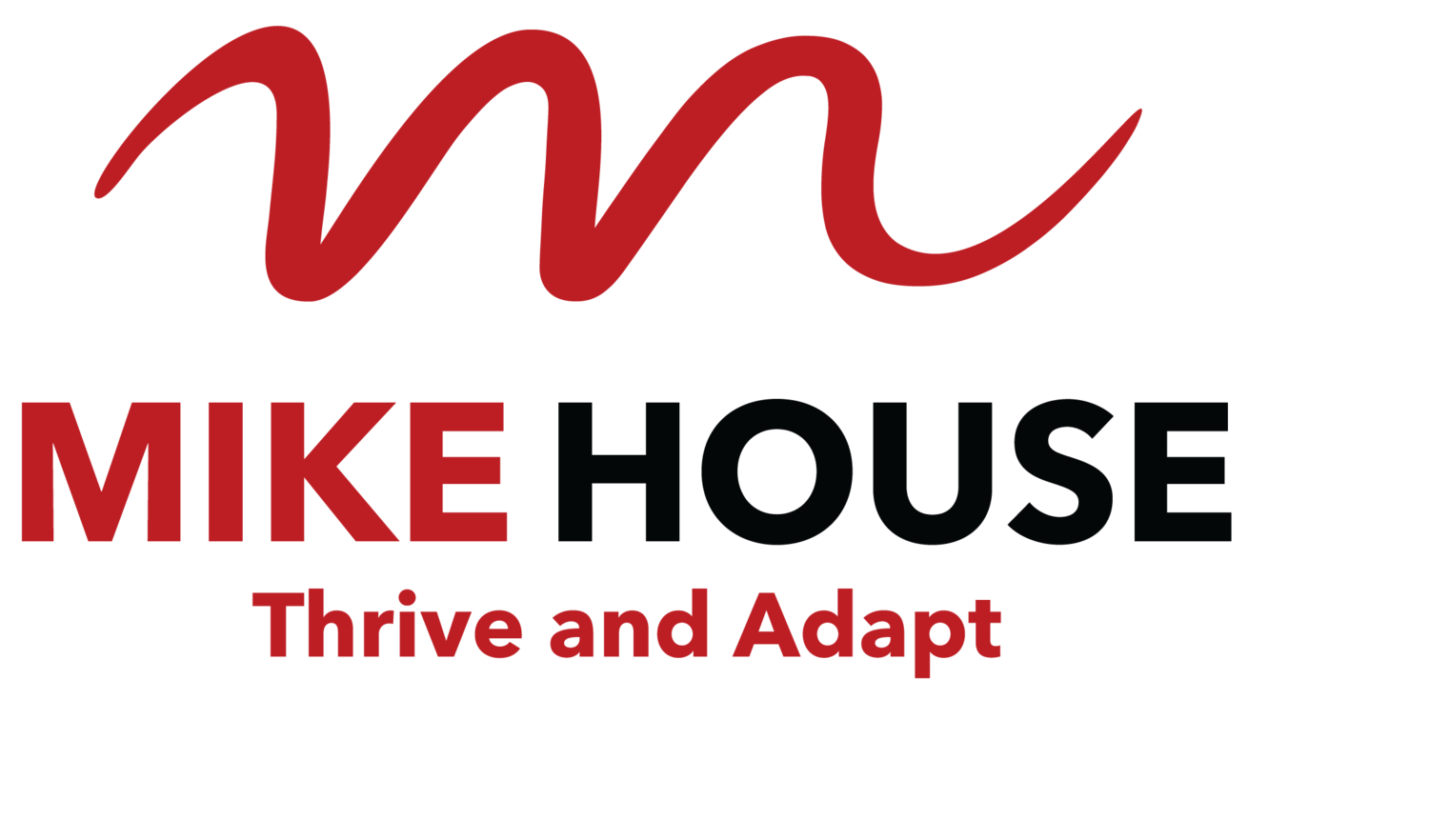Finding the Peak
/It was getting close to dark on what was going to be a long cold night. My friend and I were part way through a 24hr navigational challenge. Our next waypoint was the top of a distinct hill. Simple, but for the uphill walk. But something didn’t quite add up. Small clues from the map, ground and compass told us we were on the wrong track. Filled with overconfidence and fatigue we dismissed them and maintained our tactic. We could see the hill in the fading light and we pushed harder, hoping to find the marker before dark. We reached the summit and approached the mark. In fading daylight we saw the unique marker number ‘101’. We’d been on this very spot hours before!. Realising our mistake we saw clearly what had gone wrong. A minor deviation had become a huge loop. The ‘real’ hill was now 3km away in the gloom. Both of us had many opportunities to change the outcome. Instead we had ploughed on.
Influence can be like that too. Choice of tactics are key.
I often find myself heading for a ‘Hill 101’ equivalent when I choose what appears to be the quickest or easiest tactics for influence. A one line instant message is expedient, but may be ineffective or counter productive to the destination.
Consider the best options for the person/people and the situation
Should your approach be formal or informal?
Is it best to go directly to the person or indirectly?
Explicit or exploratory?
What about location and timing?
Is it better suited to a quick message, phone call, or face to face?
Consider what will work best for the intended outcome and the people involved. When we do, we climb far fewer unnecessary hills.













